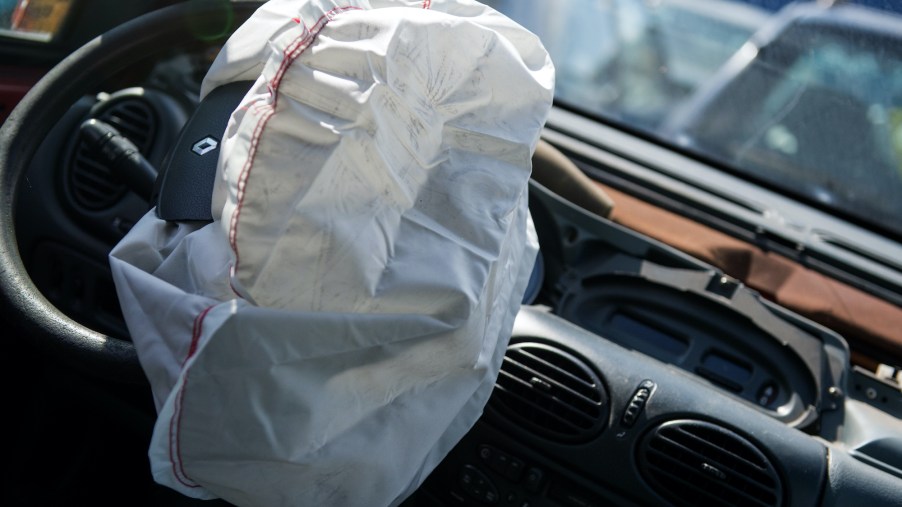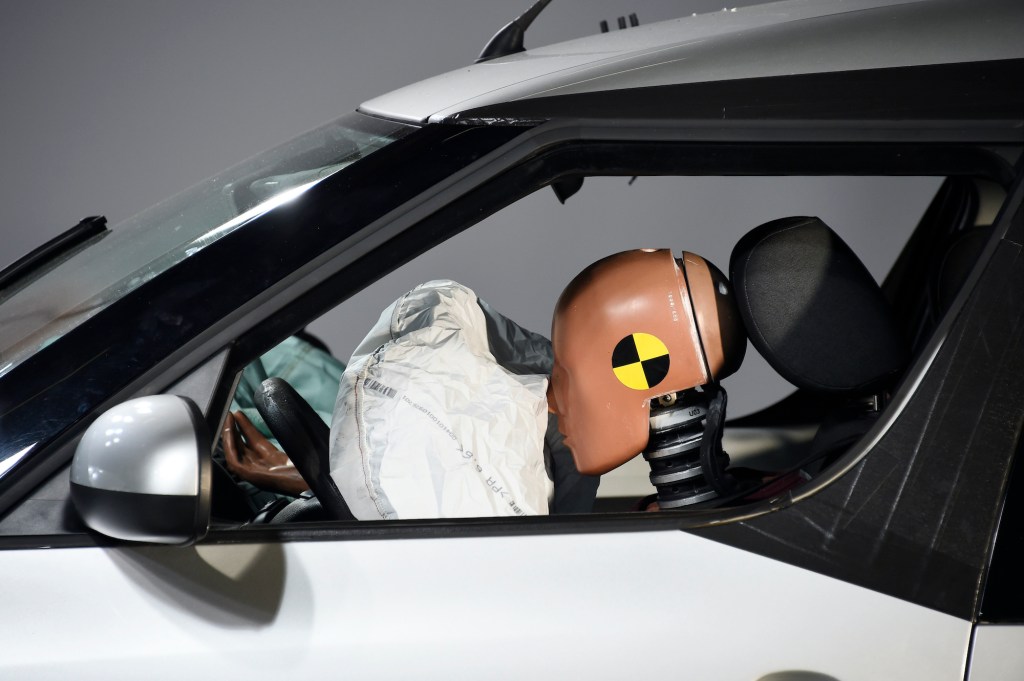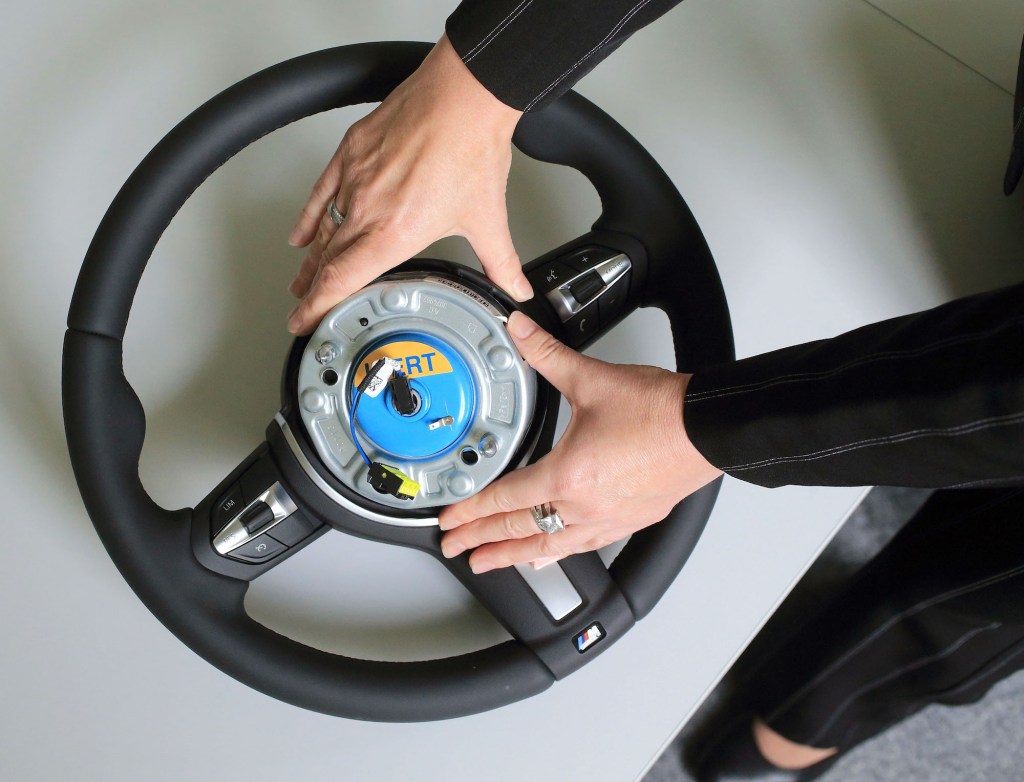
Don’t Be Fooled by Airbag Fraud
The use of airbags in automobiles became widespread in 1998 when Congress passed a law that required automakers to install them on their vehicles. When combined with the car’s seatbelt, an airbag can greatly prevent serious and even fatal injuries in the event of an auto accident. However, airbag fraud is a big issue in the U.S. and it can lead to serious injuries, unnecessary costs, and even death. Let’s take a closer look.
Fake or non-existent airbags can be fatal

You might be familiar with the major Takata airbag recall that happened a few years ago, however, there have also been numerous accounts of airbag fraud, reports Carchex. These accounts typically come from car owners that purchased used cars, either from private parties or dealerships, and reported that the airbags didn’t work or were not installed at all.
Replacing a car’s airbags after an accident is a costly repair and some unscrupulous shops and dealers choose to pocket the money they get instead of performing the actual repair. As you can imagine, this sheer negligence can lead to serious injuries and even fatalities.
Shops have even used counterfeit airbags in order to cut costs in the past. In fact, the issues were so prevalent that Autoblog reported that the National Highway Transportation Safety Administration sent out a notice in 2012 regarding fake airbags. In their testing, NHTSA discovered that these counterfeit airbags can either fail by not inflating or by launching shrapnel into the passenger’s face and hands.
How to tell if a car has a counterfeit or deployed airbag
Fortunately, there are signs that used car buyers can look for to tell if the vehicle’s airbag was deployed or is counterfeit.
- Check the vehicle history report: Cars Direct recommends thoroughly checking the car’s vehicle history report before purchasing it. For example, Carfax does a great job in showing damages from a previous accident. It can even tell you if the airbags were deployed. If you need more clarification, ask the seller about any accidents and the repairs done afterward.
- Inspect the airbag cover: The airbag cover splits open when the airbag deploys, so it’s a good idea to check if the cover has been taped or tampered with. You can also check if the cover has been repainted as the airbag will look newer than the rest of the car’s interior.
- Inspect the dashboard: Since the passenger-side airbag is located inside the dashboard, the dashboard will split open in the event of an accident. In that case, it’s a good idea to inspect the dashboard for any glaring signs that the airbag went off or has been replaced.
- Check for the airbag indicator light: Another way to tell if the airbag is working properly is to turn on the car’s ignition and check for an airbag indicator light. If the light stays on, flashes, or doesn’t light up at all, then the airbag could have been tampered with.
If you’re unsure about the car’s airbag, then get an inspection done

If you plan to buy a used car from a private party or dealership and are worried about the airbag, then it’s a good idea to have the car inspected by a mechanic. If the mechanic informs you that the airbag was tampered with, then you may want to consider having it replaced with an OEM airbag for factory safety specifications or skipping the purchase altogether.
Airbags have been saving lives for years, however, the careless negligence of some repair shops can lead to unfortunate fatalities. Look out for your own safety and make sure that the car you’re buying has a properly functioning airbag.



